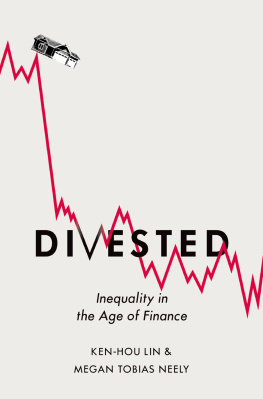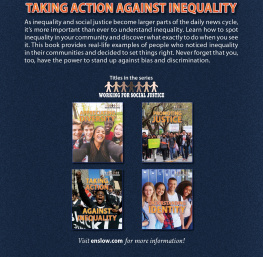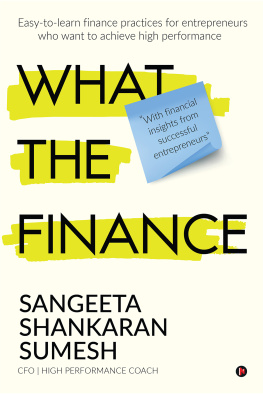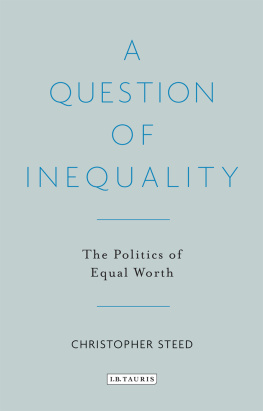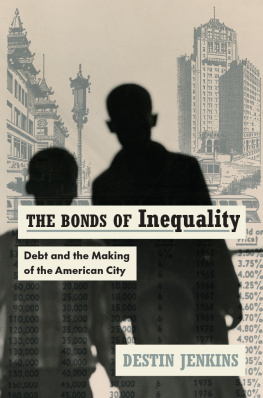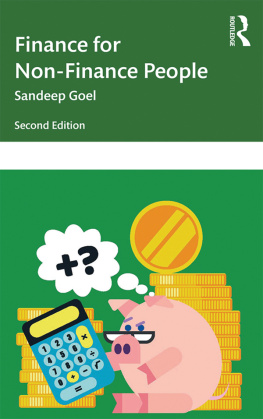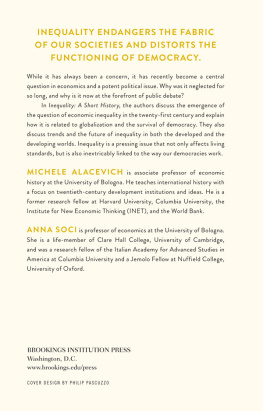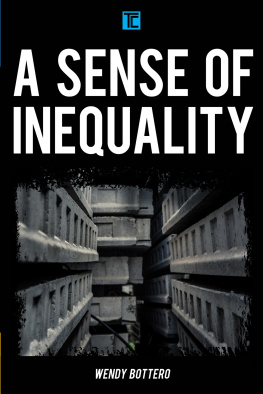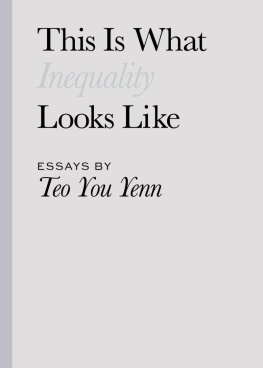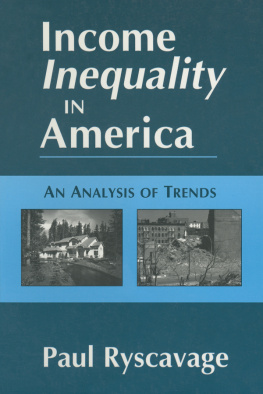Ken-Hou Lin - Divested: Inequality in the Age of Finance
Here you can read online Ken-Hou Lin - Divested: Inequality in the Age of Finance full text of the book (entire story) in english for free. Download pdf and epub, get meaning, cover and reviews about this ebook. year: 2020, publisher: Oxford University Press, genre: Politics. Description of the work, (preface) as well as reviews are available. Best literature library LitArk.com created for fans of good reading and offers a wide selection of genres:
Romance novel
Science fiction
Adventure
Detective
Science
History
Home and family
Prose
Art
Politics
Computer
Non-fiction
Religion
Business
Children
Humor
Choose a favorite category and find really read worthwhile books. Enjoy immersion in the world of imagination, feel the emotions of the characters or learn something new for yourself, make an fascinating discovery.
- Book:Divested: Inequality in the Age of Finance
- Author:
- Publisher:Oxford University Press
- Genre:
- Year:2020
- Rating:4 / 5
- Favourites:Add to favourites
- Your mark:
- 80
- 1
- 2
- 3
- 4
- 5
Divested: Inequality in the Age of Finance: summary, description and annotation
We offer to read an annotation, description, summary or preface (depends on what the author of the book "Divested: Inequality in the Age of Finance" wrote himself). If you haven't found the necessary information about the book — write in the comments, we will try to find it.
Divested: Inequality in the Age of Finance — read online for free the complete book (whole text) full work
Below is the text of the book, divided by pages. System saving the place of the last page read, allows you to conveniently read the book "Divested: Inequality in the Age of Finance" online for free, without having to search again every time where you left off. Put a bookmark, and you can go to the page where you finished reading at any time.
Font size:
Interval:
Bookmark:


Oxford University Press is a department of the University of Oxford. It furthers the Universitys objective of excellence in research, scholarship, and education by publishing worldwide. Oxford is a registered trade mark of Oxford University Press in the UK and certain other countries.
Published in the United States of America by Oxford University Press
198 Madison Avenue, New York, NY 10016, United States of America.
Oxford University Press 2020
All rights reserved. No part of this publication may be reproduced, stored in a retrieval system, or transmitted, in any form or by any means, without the prior permission in writing of Oxford University Press, or as expressly permitted by law, by license, or under terms agreed with the appropriate reproduction rights organization. Inquiries concerning reproduction outside the scope of the above should be sent to the Rights Department, Oxford University Press, at the address above.
You must not circulate this work in any other form and you must impose this same condition on any acquirer.
CIP data is on file at the Library of Congress
ISBN 9780190638313
eISBN 9780190638337
finance has become an essential fabric of contemporary American life. From how we afford our educations, buy homes, or run businesses, to how we plan for retirement and so much more, finance governs our everyday lives. How did this come to be, and what are the consequences for inequality in American society? This is the question at the heart of Divested. In the process of answering it we explore a range of related questions: How did finance become the most lucrative of all businesses? How has it transformed US corporations? When did every household decision become an investment decision? Most importantly, how has finance shaped the distribution of resources among Americans?
These days, finance is so fundamental to our everyday lives that it is difficult to imagine a world without it. But until the 1970s, the financial sector accounted for a mere 15 percent of all corporate profits in the US economy. Back then, most of what the financial sector did was simple credit intermediation and risk management: banks took deposits from households and corporations and loaned those funds to homebuyers and business. They issued and collected checks to facilitate payment. For important or paying customers, they provided space in their vaults to safeguard valuable items. Insurance companies received premiums from their customers and paid out when a costly incident occurred.
By 2002, the financial sector had tripled, coming to account for 43 percent of all the corporate profits generated in the US economy. These profits grew alongside increasingly complex intermediations such as securitization, derivatives trading, and fund management, most of which take place not between individuals or companies, but between financial institutions (as its functions have become crucial to every level of the economy. The decisions made by households, corporations, and states are all guided by financial markets whose workings are, to most, utterly inscrutable.
And as American finance expanded, inequality soared. Capitals share of national income rose alongside compensation for corporate executives and those working on Wall Street. Meanwhile, among full-time workers, the Gini index (a measure of earnings inequality) increased 26 percent, and mass layoffs became a common business practice instead of a last resort. All these developments amplified wealth inequality, with the top 0.1 percent of US households coming to own more than 20 percent of the entire nations wealtha distribution that rivals the dominance of the robber barons of the Gilded Age (). When the financial crisis of 2008 temporarily narrowed the wealth divide, monetary policies adopted to address it quickly resuscitated the banks and secured the affluents assets but left employment tenuous and wages stagnant.
The past four decades of American history have therefore been marked by two interconnected, transformative developments: the financialization of the US economy and the surge in inequality across US society. This book shows that one cannot be understood without the other. Indeed, the rise of finance is one fundamental cause of the heightened inequality in the contemporary United States. The most damaging consequence of the contemporary financial system is not simply recurrent financial crises, but a widening social divide between the haves and have-nots. To understand contemporary finance is to understand contemporary inequality.
We are not the first to claim that the rise of the US financial sector engendered inequality. In the fall of 2011, protesters occupied Zuccotti Park, only blocks from the New York Stock Exchange, calling attention to the stark disparity in wealth between Wall Street and Main Street. Occupy Wall Street protesters initially demanded the arrest of financiers responsible for the 2008 crisis, a tightening of Wall Street regulation, a ban on high-frequency trading, and an investigation into political corruption. As the movement grew, the protesters demands became more ambitious. The movements well-known sloganWe are the 99%called on the American public to reclaim power and resources from the 1%, that small group of financial and political elites who control the vast majority of American capital. Protesters attributed stark inequality to a revolving door between New York and Washington, or between finance and politics, tipping the balance of political power in the favor of organized corporate interests, allowing ruling elites to prosper while working- and middle-class Americans flounder.
Perhaps the most successful outcome of the Occupy movement is that it underlined Wall Streets role in widening economic inequality between the 99 percent and 1 percent. In his 2012 State of the Union address, President Barack Obama emphasized that a deficit of trust between Main Street and Wall Street warranted the Dodd-Frank Wall Street Reform and Consumer Protection Act of 2010. Pundits including economist Paul Krugman publicly shared the sentiments espoused by Occupy protesters, arguing that the industry responsible for the Great Recession must pay for the damages caused by its greed and excess. Democrats and Republicans alike came to recognize that economic inequality was a paramount concern, and populism arose as the winning ideology in the 2016 presidential election. Still, amid scathing critiques and powerful political movements, the money to be had in financial services swelled and inequality continued to expand.
Of course, the overall connection between finance and inequality feels intuitive. Exactly how finance drives inequality, however, remains obscure. This is in part because finance is an all-encompassing term used for a diverse, interconnected web of activitiesmany of which cannot be adequately explained by even its handsomely paid practitioners. Financial activity is not restricted to individuals participating in banking and investment to make purchases or manage their wealth; large organizations including firms, nonprofits, and governments fund their operations through finance. The providers and consumers of these services are just as diverse, including community banks and credit unions that serve local ventures, global conglomerates that simultaneously operate in retail and investment banking, boutique funds that specialize in niche markets, and nonbank financial institutions such as insurance firms, payday lending, and corporations financial arms. All these financial producers and consumers have different agendas, incentives, resources, and constraints. Furthermore, with money constantly changing hands, contemporary finance conceals how resources are transferred from the have-nots to the haves.
Font size:
Interval:
Bookmark:
Similar books «Divested: Inequality in the Age of Finance»
Look at similar books to Divested: Inequality in the Age of Finance. We have selected literature similar in name and meaning in the hope of providing readers with more options to find new, interesting, not yet read works.
Discussion, reviews of the book Divested: Inequality in the Age of Finance and just readers' own opinions. Leave your comments, write what you think about the work, its meaning or the main characters. Specify what exactly you liked and what you didn't like, and why you think so.

